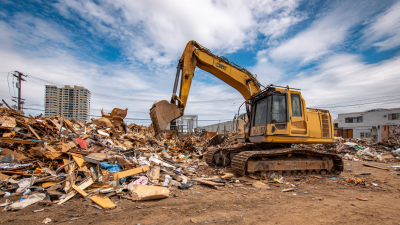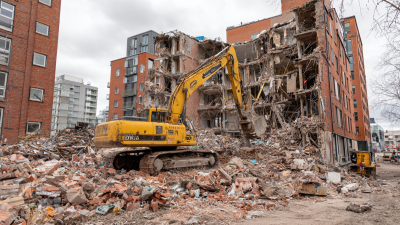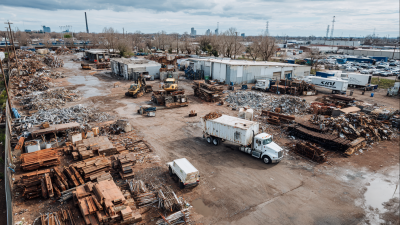How to Effectively Manage Demolition Waste: Strategies for Minimizing Environmental Impact and Cost Reduction
Demolition waste is a significant contributor to environmental degradation, accounting for nearly 30-40% of total waste generated in construction activities, according to the Environmental Protection Agency (EPA). With the construction industry projected to grow substantially, effective management of demolition waste has become increasingly critical. Poor handling of this waste not only leads to the depletion of natural resources but also contributes to pollution and climate change. Recent reports indicate that improper disposal of demolition debris can result in additional costs, estimated at nearly $3 billion annually in waste disposal fees alone. Therefore, implementing efficient strategies for minimizing environmental impact while reducing costs is crucial for construction professionals. This guide will explore effective methods to manage demolition waste, emphasizing the importance of recycling, repurposing materials, and adhering to regulatory frameworks to foster sustainable practices in the industry.
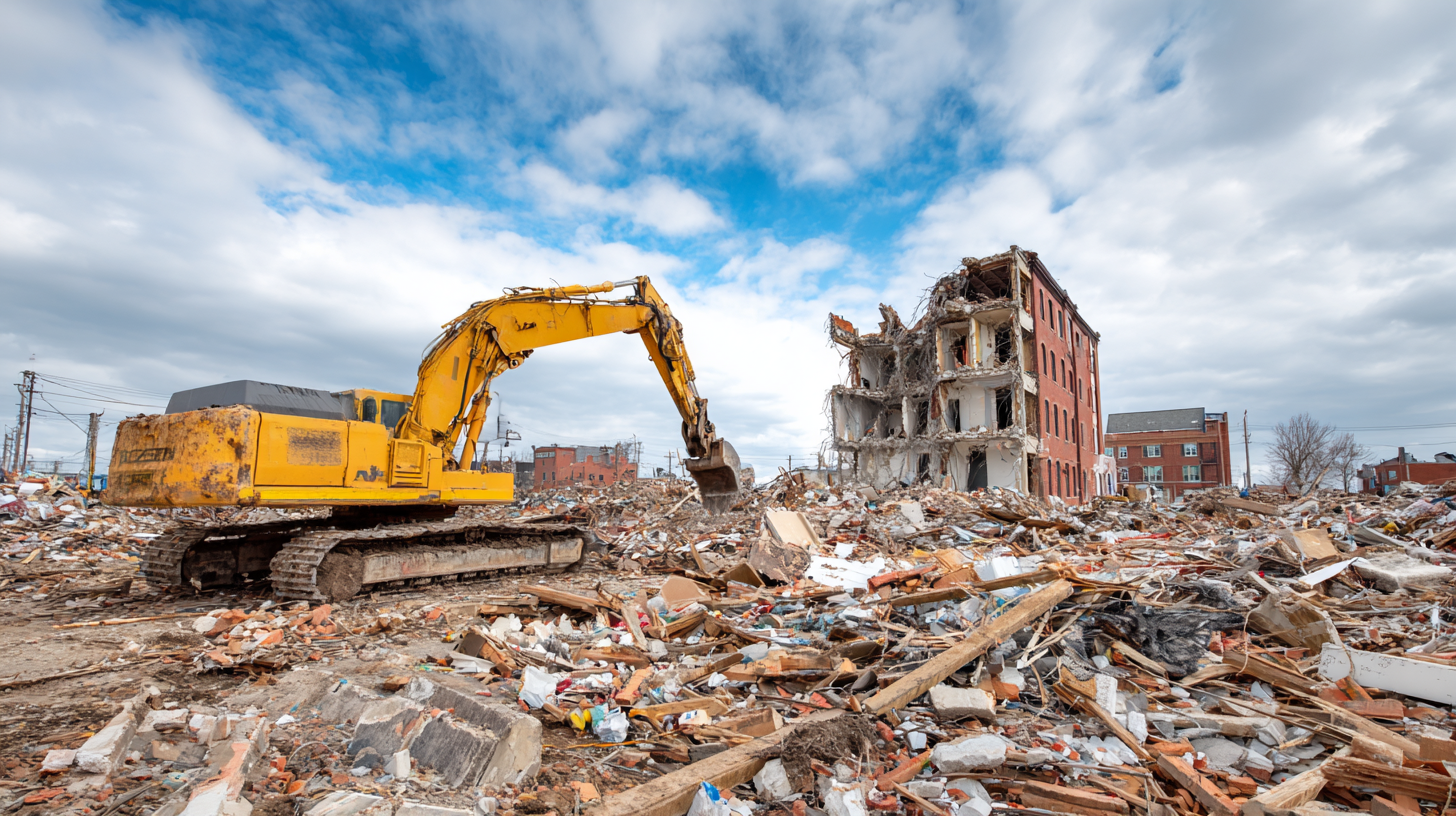
Best Practices for Sorting and Categorizing Demolition Waste on Site
Effective management of demolition waste is crucial for reducing environmental impacts and enhancing resource recovery. Implementing best practices for sorting and categorizing demolition waste on-site can significantly contribute to sustainability goals. A structured approach begins with clearly defined categories for waste, allowing for efficient sorting and disposal.
This involves training construction personnel on proper waste segregation techniques based on the waste hierarchy framework, which prioritizes waste reduction and recycling over disposal.
Technological innovations are also key to enhancing the sorting process. For instance, advances in imaging technologies, such as hyperspectral imaging, enable the detection and classification of hazardous materials like asbestos within demolition waste. These innovations can lead to more efficient waste management protocols and ensure compliance with safety regulations. Moreover, understanding the factors that drive positive attitudes towards waste sorting among construction professionals is essential for fostering a culture of sustainability on-site.
By encouraging adherence to sorting practices and integrating circular economy principles, the construction industry can move towards a more sustainable future.
Innovative Techniques for Recycling and Reusing Demolition Materials
When it comes to managing demolition waste, innovative techniques for recycling and reusing demolition materials can significantly reduce both environmental impact and costs. One key approach is to assess the materials beforehand, identifying which can be salvaged and reused. Wood, metals, and bricks are often prime candidates; they can be repurposed for new construction or renovation projects, thereby minimizing landfill contributions.
**Tips:** When planning a demolition process, engage a professional with experience in material recovery. Incorporating a deconstruction plan can provide a more structured approach to salvaging items before the demolition begins. Additionally, partnering with local recycling centers can streamline the process and turn potential waste into valuable resources.
Another effective strategy is to implement advanced technologies such as 3D scanning and Building Information Modeling (BIM). These tools allow for precise evaluations of building materials, enabling teams to design deconstruction methods that maximize material recovery. Using mobile apps for tracking recycled materials can also enhance accountability and efficiency throughout the demolition process.
**Tips:** Regularly train your team on the latest recycling practices and technologies. Encouraging a culture of sustainability can lead to innovative ideas and better resource management, ultimately resulting in a more sustainable demolition project.
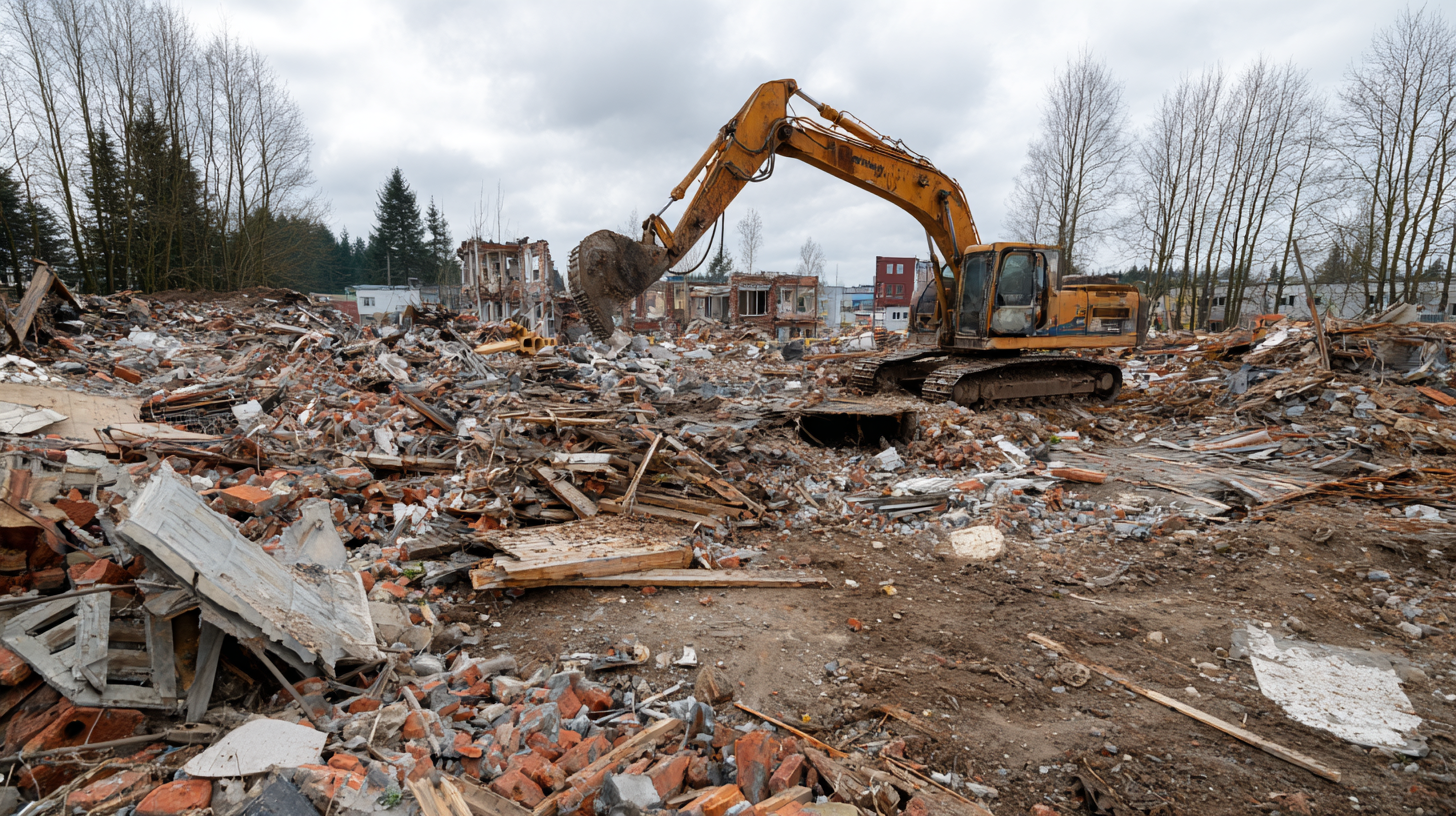
Implementing Sustainable Disposal Methods to Reduce Landfill Impact
Effective management of demolition waste is crucial for minimizing environmental impact and reducing costs. Implementing sustainable disposal methods can significantly lower the volume of debris sent to landfills, where approximately 30% of all waste originates from construction and demolition activities, according to the Environmental Protection Agency (EPA). By adopting approaches such as recycling and reusing materials, companies can not only cut down their waste but also reduce expenses associated with disposal.
**Tips:** One efficient strategy is to conduct a waste audit before demolition begins. This process enables contractors to identify what materials can be salvaged or recycled, leading to an optimized waste management plan. Furthermore, integrating separation techniques on-site ensures that materials are categorized correctly, maximizing recovery efforts.
Moreover, collaborating with local recycling facilities can enhance the sustainable disposal process. The National Recycling Coalition reports that recycling concrete alone can save about 90% of the use of virgin materials, significantly reducing the environmental footprint. Overall, prioritizing sustainable disposal methods not only promotes ecological stewardship but also opens up avenues for cost savings in the demolition industry.
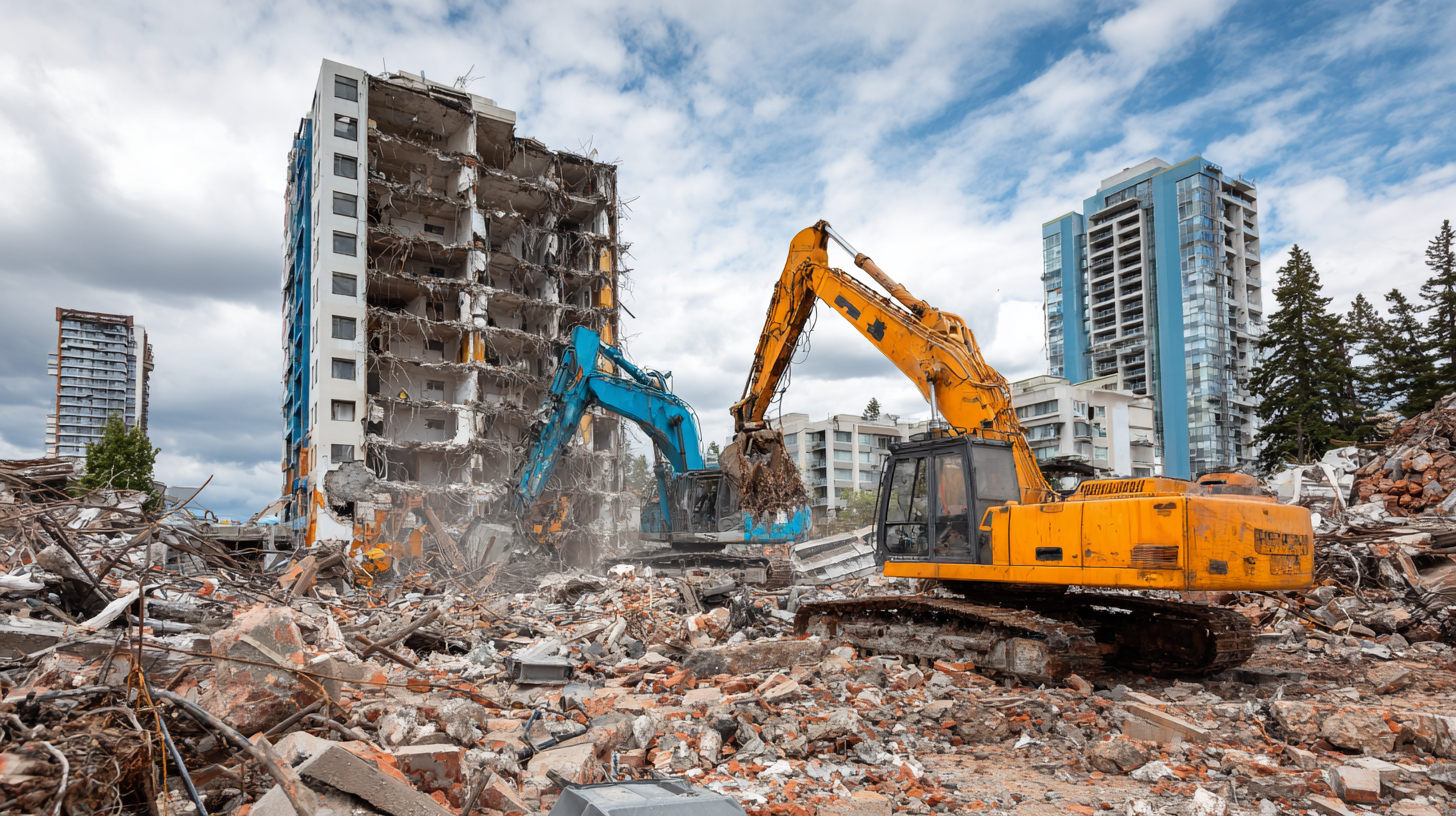
Cost-Effective Strategies for Minimizing Demolition Waste Generation
Effective management of demolition waste is crucial for minimizing environmental impact while also achieving cost reductions. One cost-effective strategy is to conduct thorough pre-demolition assessments. By evaluating existing structures and identifying materials that can be salvaged or recycled, companies can divert significant amounts of waste from landfills. This not only reduces disposal costs but also provides opportunities for reusing valuable materials, which can lower the overall expenses associated with new construction projects.
Additionally, embracing modular demolition techniques can significantly cut down waste generation. These methods allow for the disassembly of buildings rather than traditional demolition, making it easier to separate recyclable materials and reduce rubble. For instance, concrete and metals can be processed and reused in new constructions, further driving down costs. Investing in training for staff on waste sorting and recycling practices ensures that the demolition process is efficient and responsible, ultimately leading to both financial savings and a reduced environmental footprint.
Demolition Waste Management Strategies
This chart represents the effectiveness of various strategies for minimizing demolition waste generation. The data reflects the estimated reduction in waste percentage achieved by implementing these strategies.
Collaboration with Local Recycling Facilities for Enhanced Waste Management
Collaboration with local recycling facilities is crucial for effective demolition waste management. By partnering with these organizations, construction firms can gain access to specialized equipment and expertise that enable efficient sorting and processing of materials. Local facilities often have established networks for reusing and recycling various waste types, which can significantly reduce the volume heading to landfills. This collaborative approach not only promotes sustainable practices but also contributes to local economies by supporting businesses dedicated to environmental stewardship.
Moreover, such partnerships facilitate the development of a waste reduction strategy tailored to specific projects. It allows companies to better understand local regulations and recycling capabilities, leading to more optimized waste management plans. Engaging with recycling facilities early in the demolition process can help identify recyclable materials, whether it's concrete, metals, or wood, and establish clear channels for their recovery. This not only minimizes environmental impact but can also lead to cost savings through reduced disposal fees and potential revenue from selling recyclables, enhancing the overall financial viability of demolition projects.
How to Effectively Manage Demolition Waste: Strategies for Minimizing Environmental Impact and Cost Reduction
| Waste Type |
Amount (tons) |
Recycling Rate (%) |
Recycling Facility Partner |
Cost Savings ($) |
| Concrete |
150 |
80 |
Local Concrete Recyclers |
$3,000 |
| Wood |
75 |
60 |
Wood Recycling Center |
$1,500 |
| Metal |
50 |
90 |
Metal Recycling Facility |
$2,000 |
| Drywall |
30 |
50 |
Gypsum Recyclers |
$500 |
| Bricks |
40 |
70 |
Brick Recycling Center |
$800 |

Home
About Us
Products
 Concrete Mixing Plant
Concrete Mixing Plant
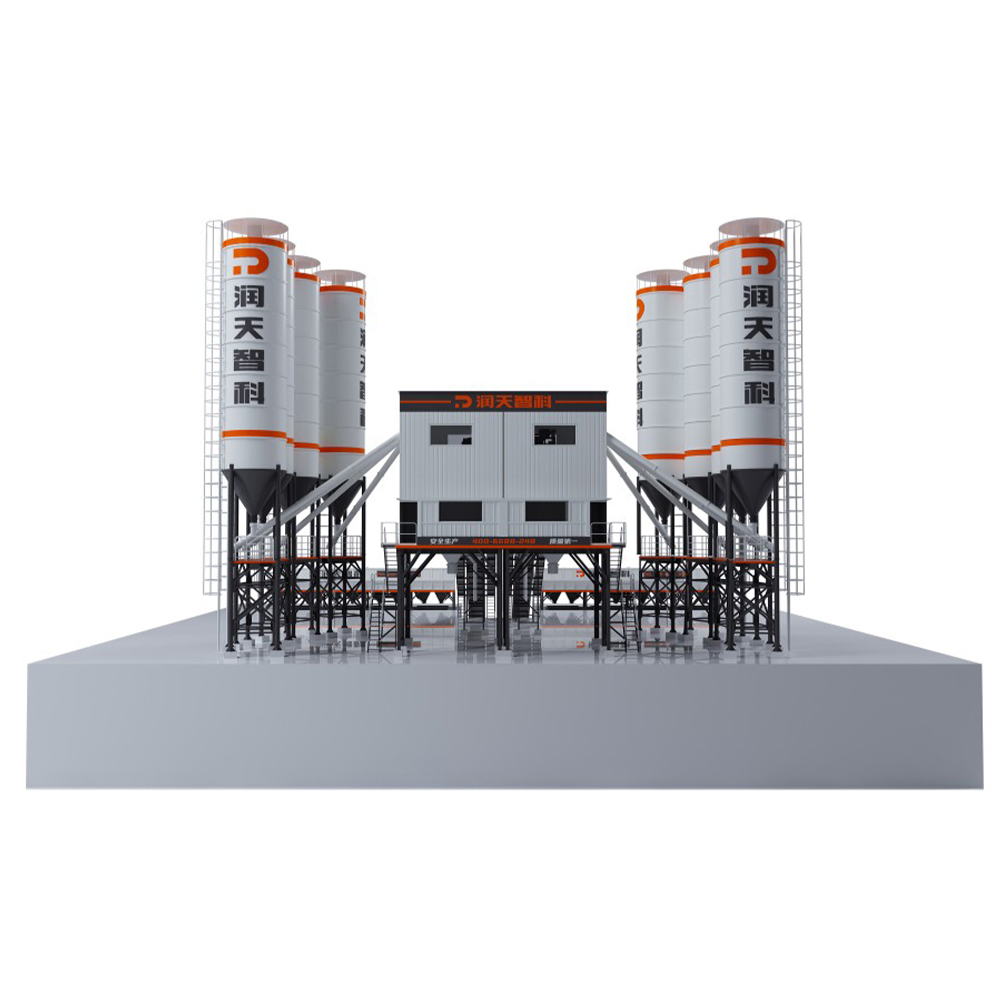 HZS Series Belt Concrete Mixing Plant
HZS Series Belt Concrete Mixing Plant
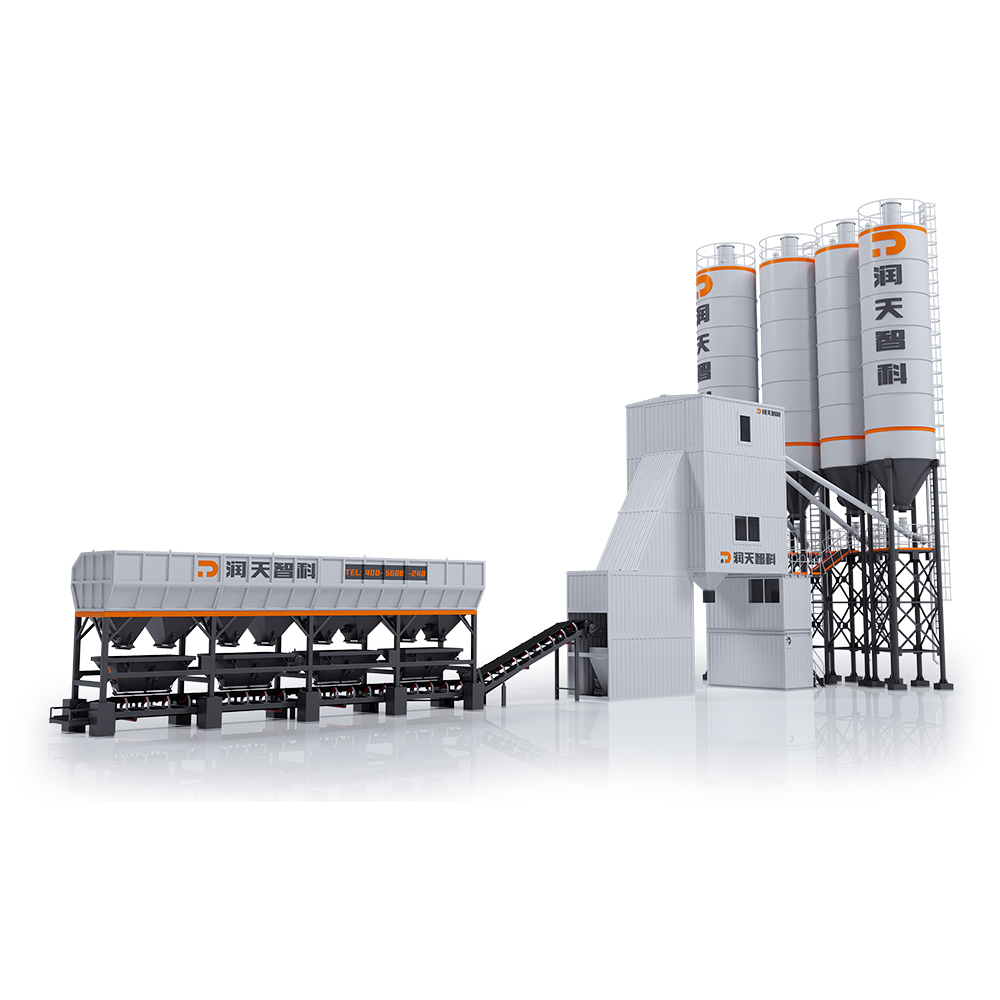 HZS Series Bucket-Lifting Type Container Concrete Mixing Plant
HZS Series Bucket-Lifting Type Container Concrete Mixing Plant
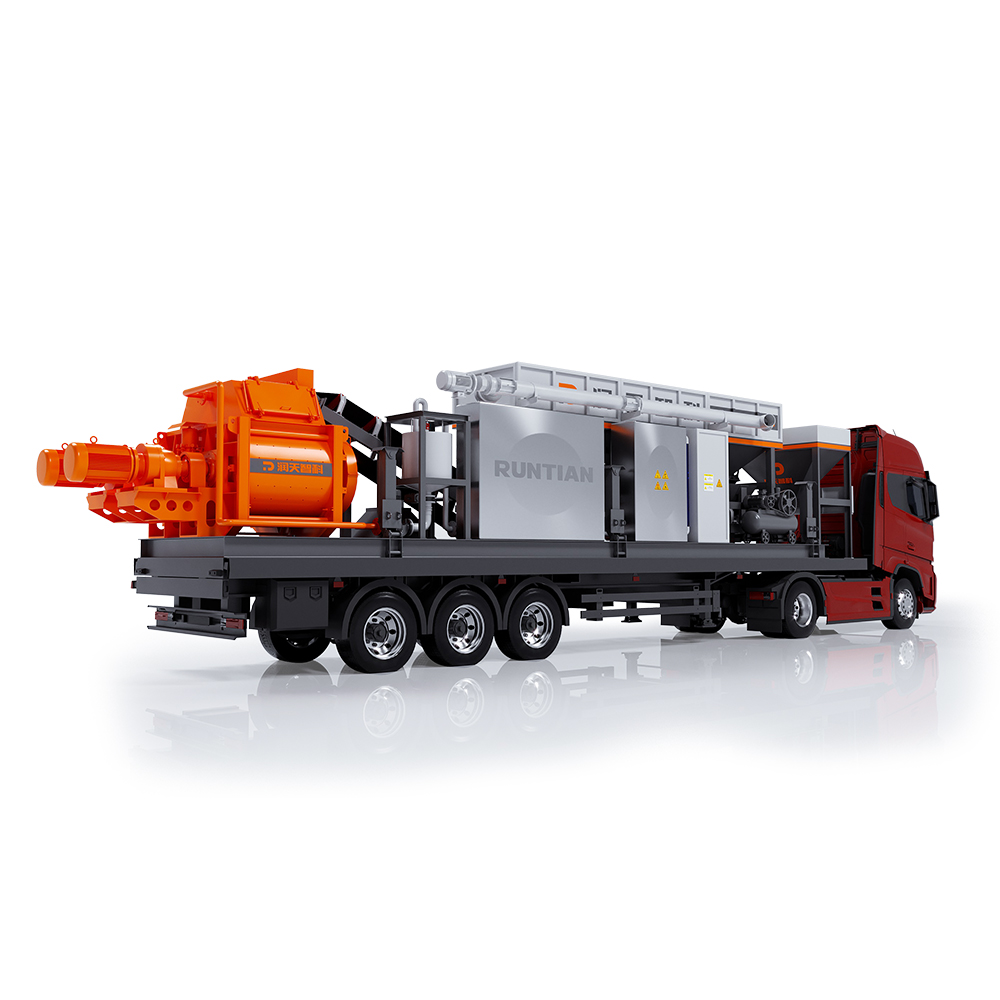 HZS60 Mobile Concrete Mixing Plant
HZS60 Mobile Concrete Mixing Plant
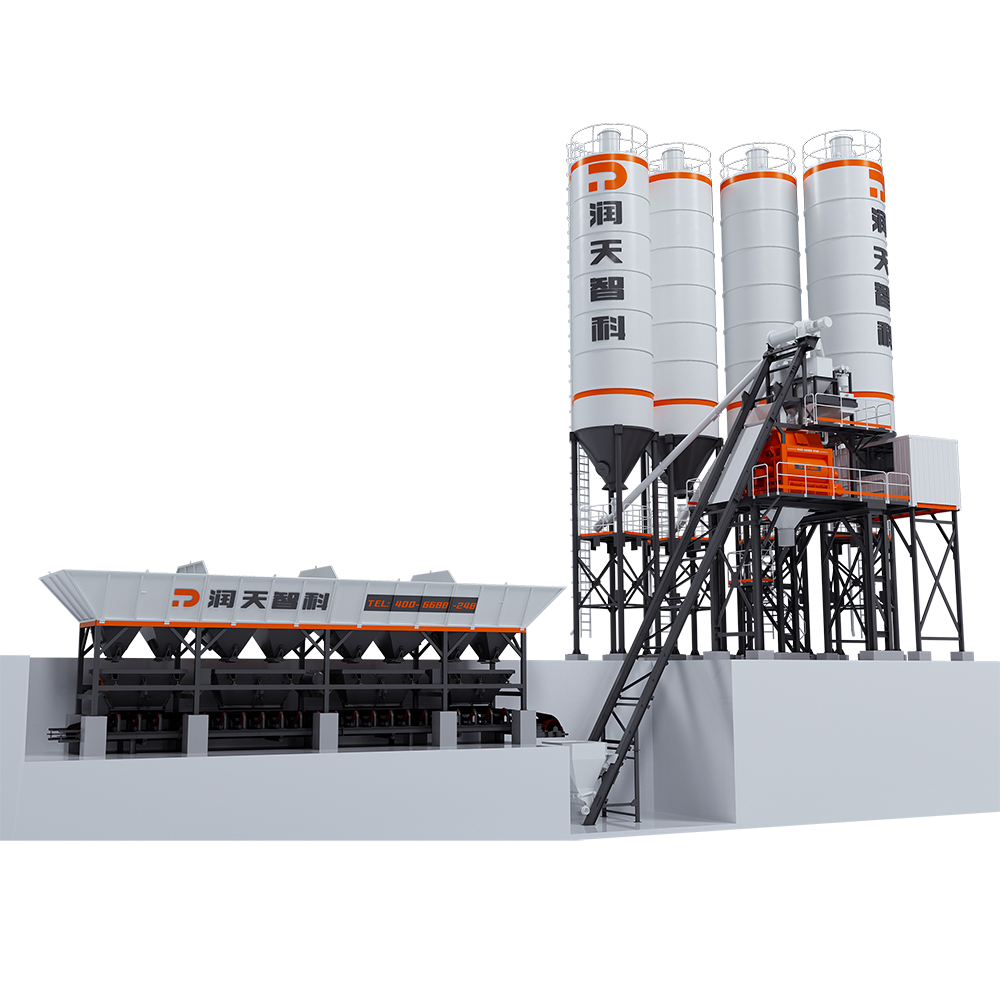 HZS Series Bucket-Lifting Type Concrete Mixing Plant
HZS Series Bucket-Lifting Type Concrete Mixing Plant
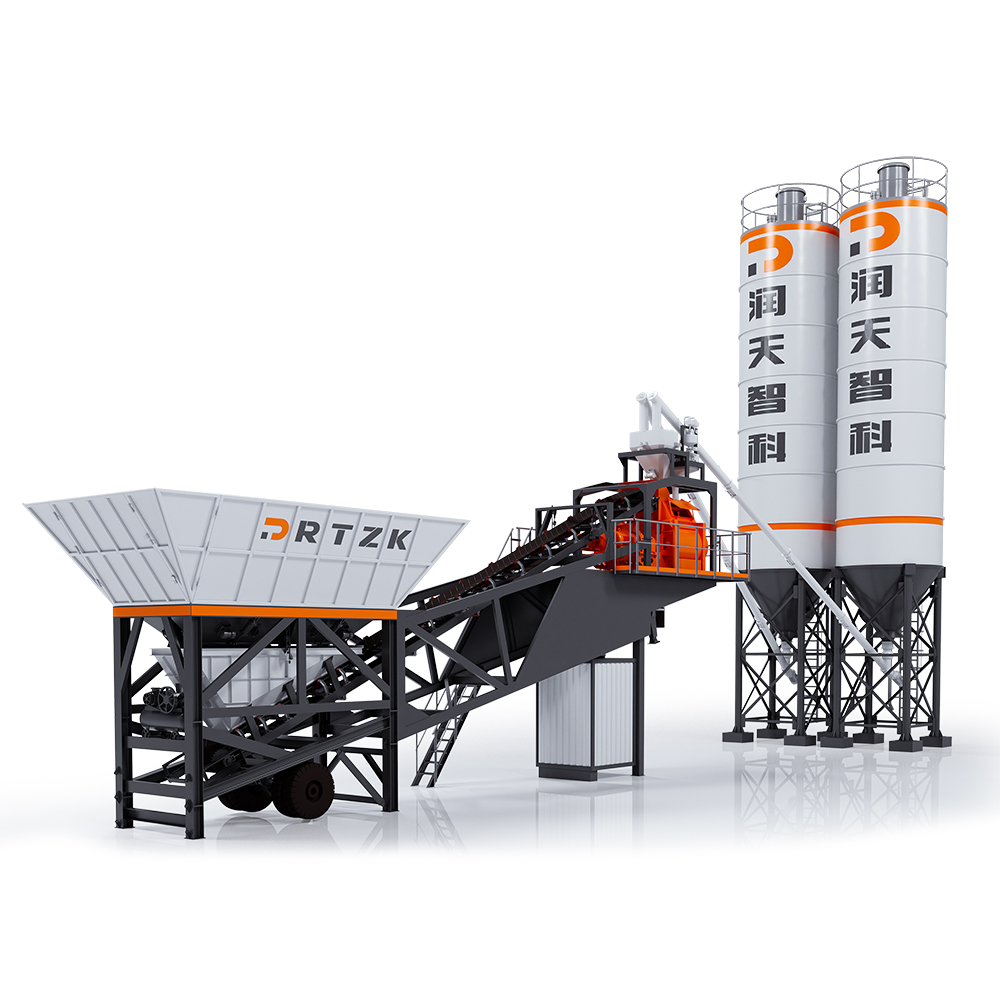 HZS Series Mobile Concrete Mixing Plant
HZS Series Mobile Concrete Mixing Plant
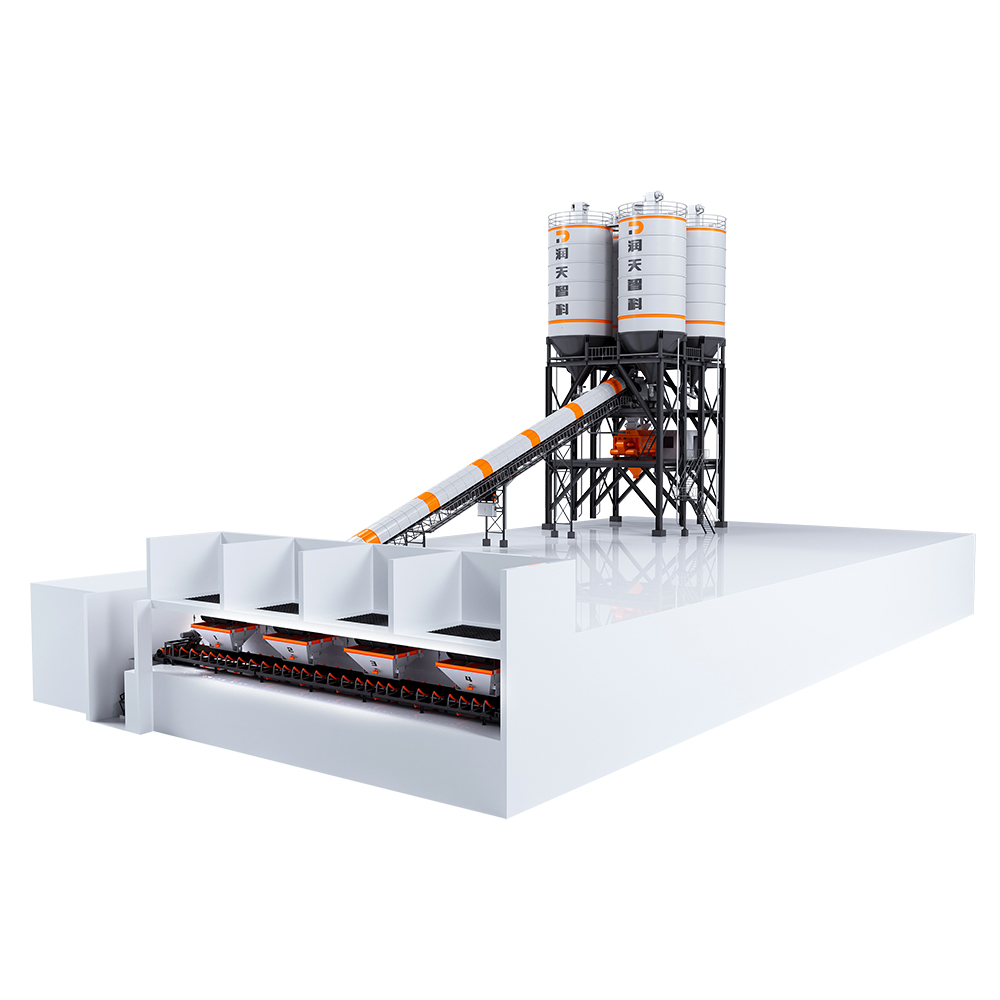 HZS Series Top-Mounted Concrete Mixing plant
HZS Series Top-Mounted Concrete Mixing plant
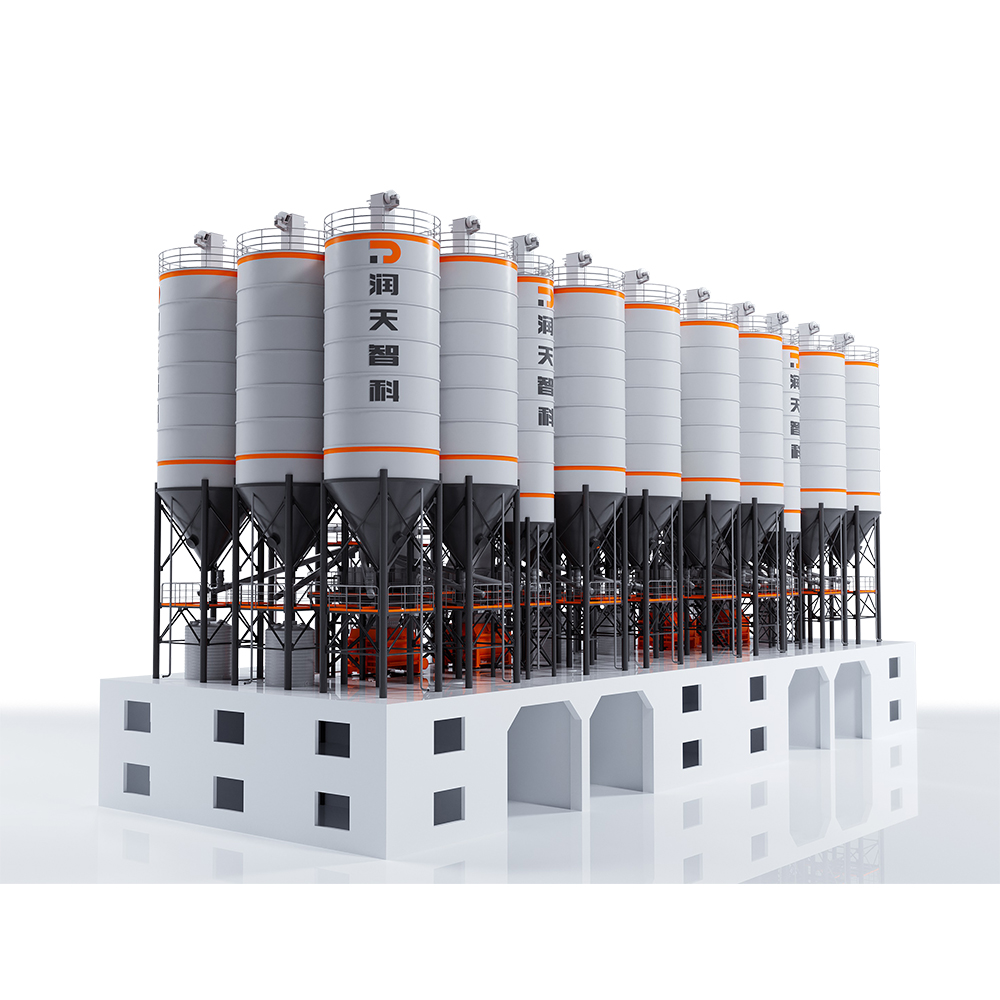 HZS Series Semi-Top Mounted Concrete Mixing Plant
HZS Series Semi-Top Mounted Concrete Mixing Plant
 Stabilized Soil Mixing Plant
Stabilized Soil Mixing Plant
 Asphalt Mixing Plant
Asphalt Mixing Plant
 Sand & Gravel Crushing and Screening Plant
Sand & Gravel Crushing and Screening Plant
 RTPF350DS Crawler Mobile Impact Crushing Plant
RTPF350DS Crawler Mobile Impact Crushing Plant
 RT116JH Crawler Mobile Jaw Crushing Plant
RT116JH Crawler Mobile Jaw Crushing Plant
 RT116JE Crawler Mobile Jaw Crushing Plant
RT116JE Crawler Mobile Jaw Crushing Plant
 RT300CE Crawler Mobile Cone Crushing Plant
RT300CE Crawler Mobile Cone Crushing Plant
 RT300CH Crawler Mobile Cone Crushing Plant
RT300CH Crawler Mobile Cone Crushing Plant
 RT5015H Mobile Scalping Screen
RT5015H Mobile Scalping Screen
 RT315VSIE Crawler Mobile Sand Maker
RT315VSIE Crawler Mobile Sand Maker
 RT3YK6020 Crawler Mobile Screening Plant
RT3YK6020 Crawler Mobile Screening Plant
 RT3YK6020M Modular Screening Plant
RT3YK6020M Modular Screening Plant
 RTF260M Modular Counterattack Crushing and Screening Integrated Machine
RTF260M Modular Counterattack Crushing and Screening Integrated Machine
 RTF350M Modular Impact Crushing Plant
RTF350M Modular Impact Crushing Plant
 RTF450M Modular Impact Crushing Plant
RTF450M Modular Impact Crushing Plant
 Construction Waste Resourceful Treatment Line
Construction Waste Resourceful Treatment Line
Performances
Video
News
Blog
Contact Us
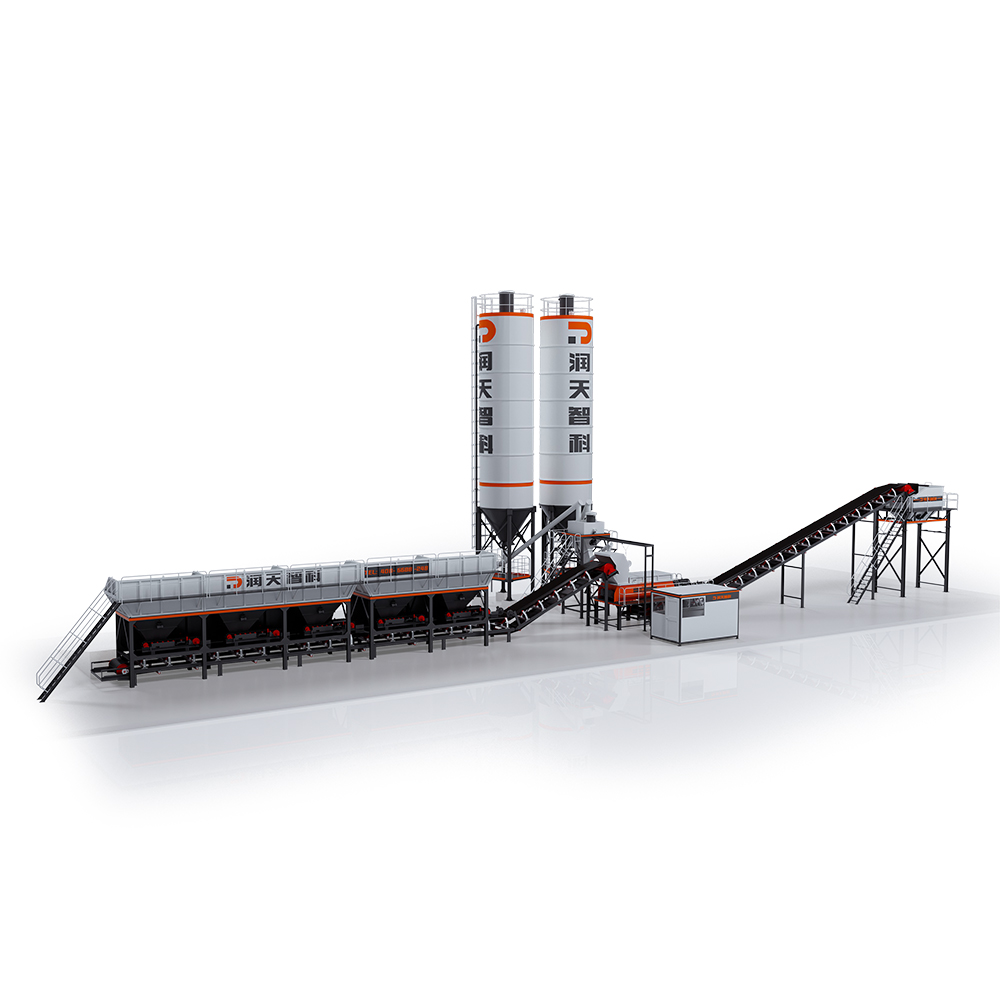 WDB Series Foundation-Free Stability Soil Mixing Plant
WDB Series Foundation-Free Stability Soil Mixing Plant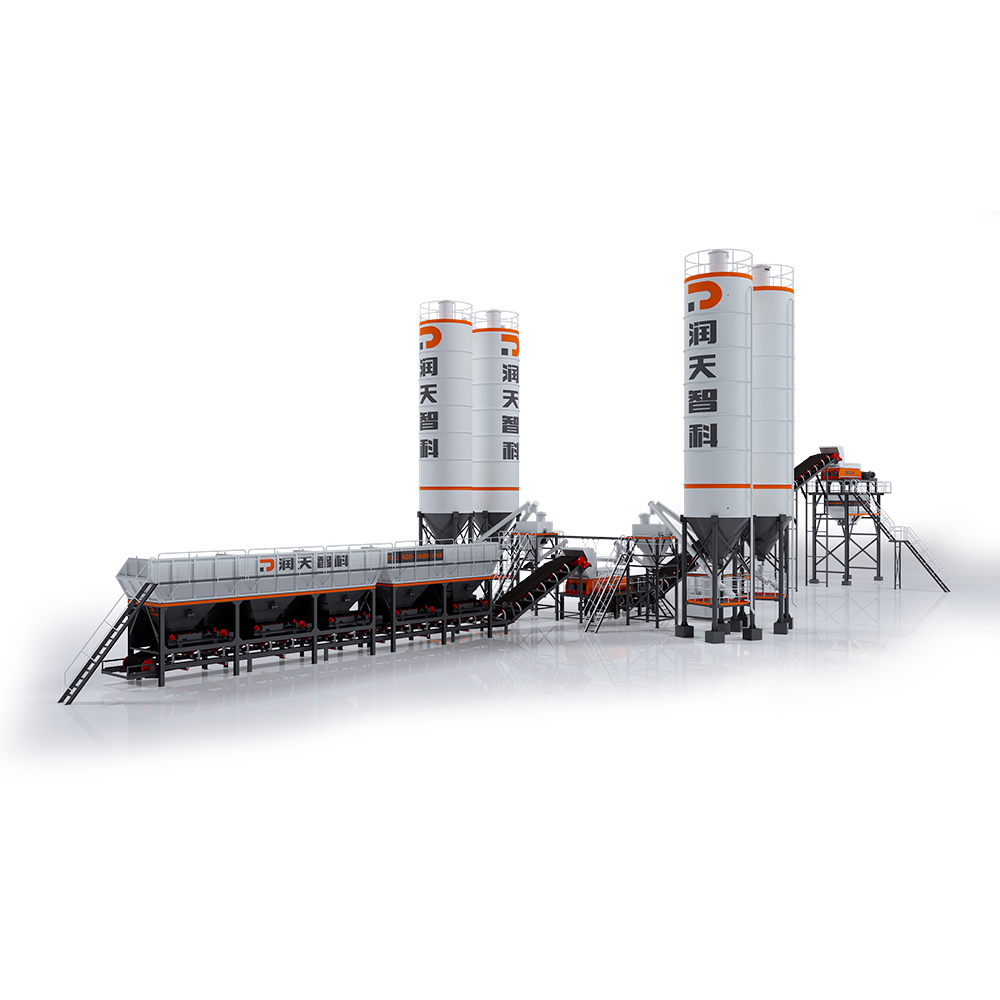 LCB Series Emulsified Asphalt Cold Regeneration Secondary Mixing Plant
LCB Series Emulsified Asphalt Cold Regeneration Secondary Mixing Plant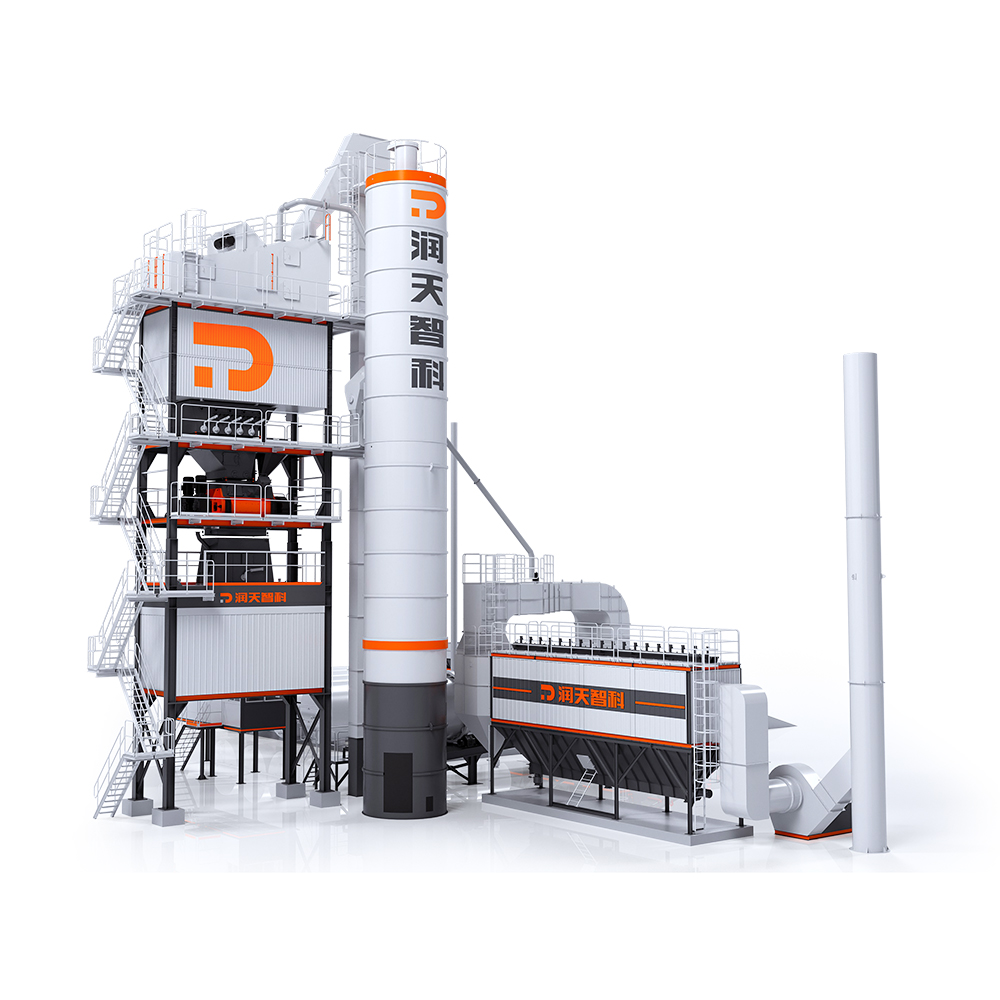 LB Series Asphalt Mixing Plant
LB Series Asphalt Mixing Plant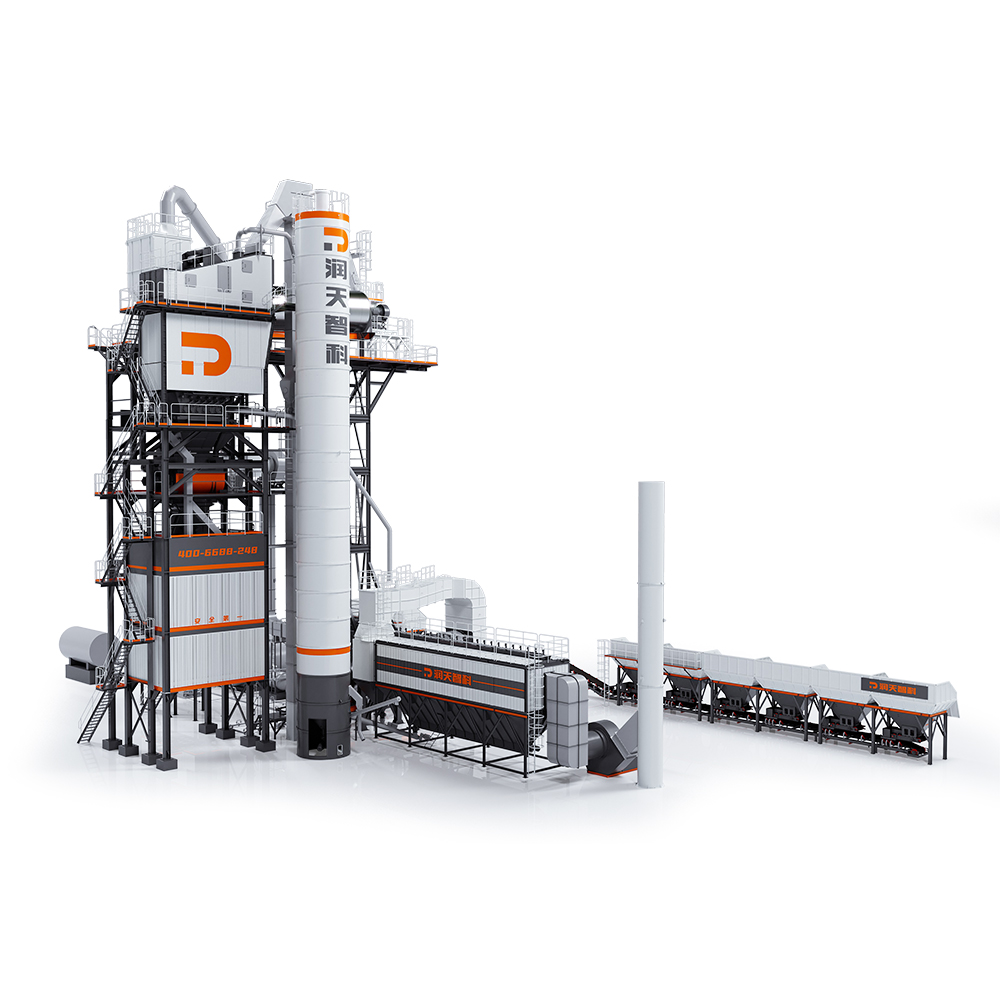 LBR Series Integrated Asphalt Mixing Plant
LBR Series Integrated Asphalt Mixing Plant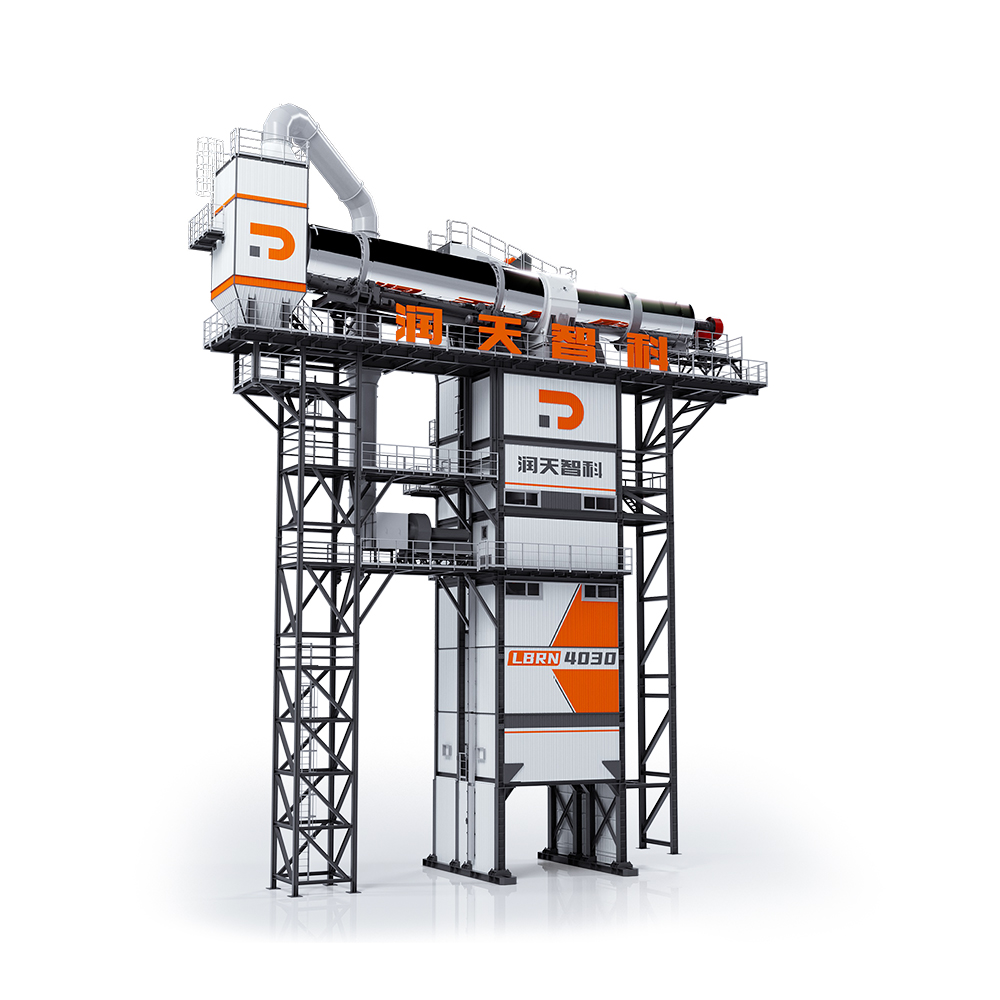 LBRN Series Counterflow Integral Asphalt Mixing Plant
LBRN Series Counterflow Integral Asphalt Mixing Plant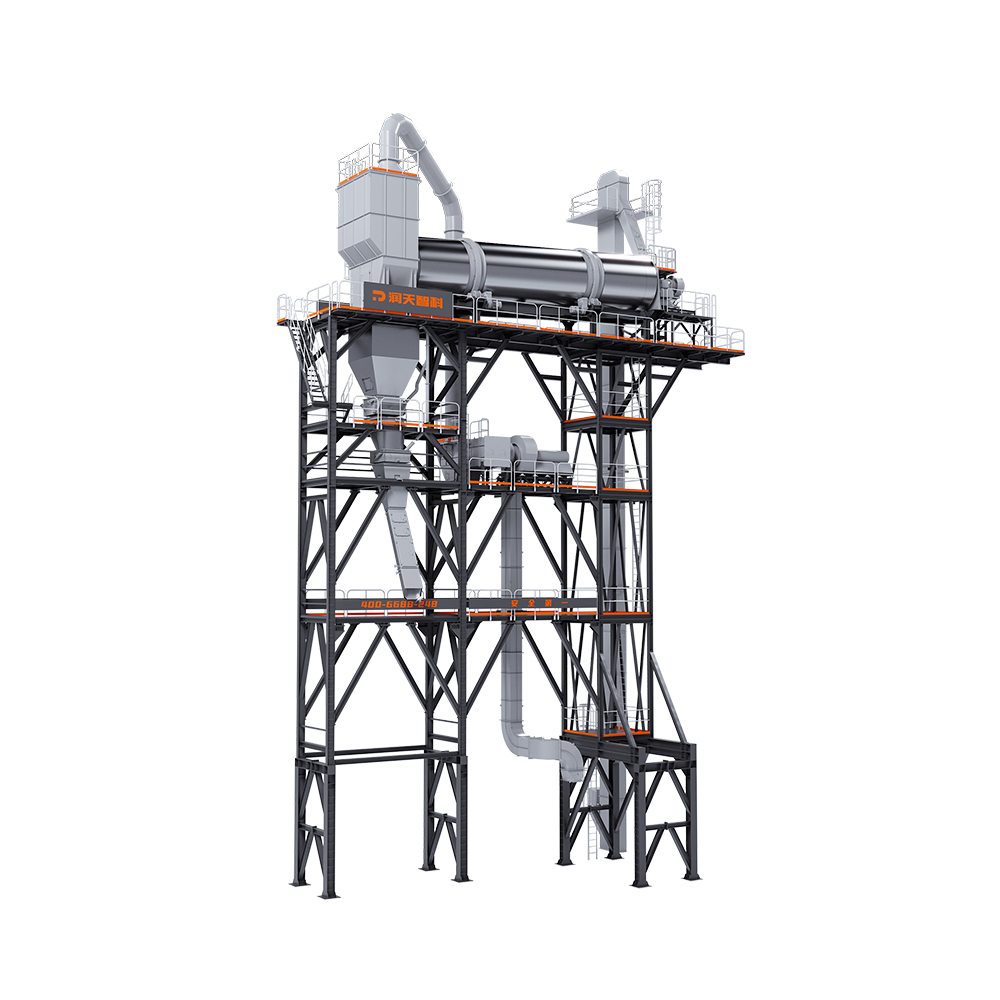 RZS Series Asphalt Mixing Plant
RZS Series Asphalt Mixing Plant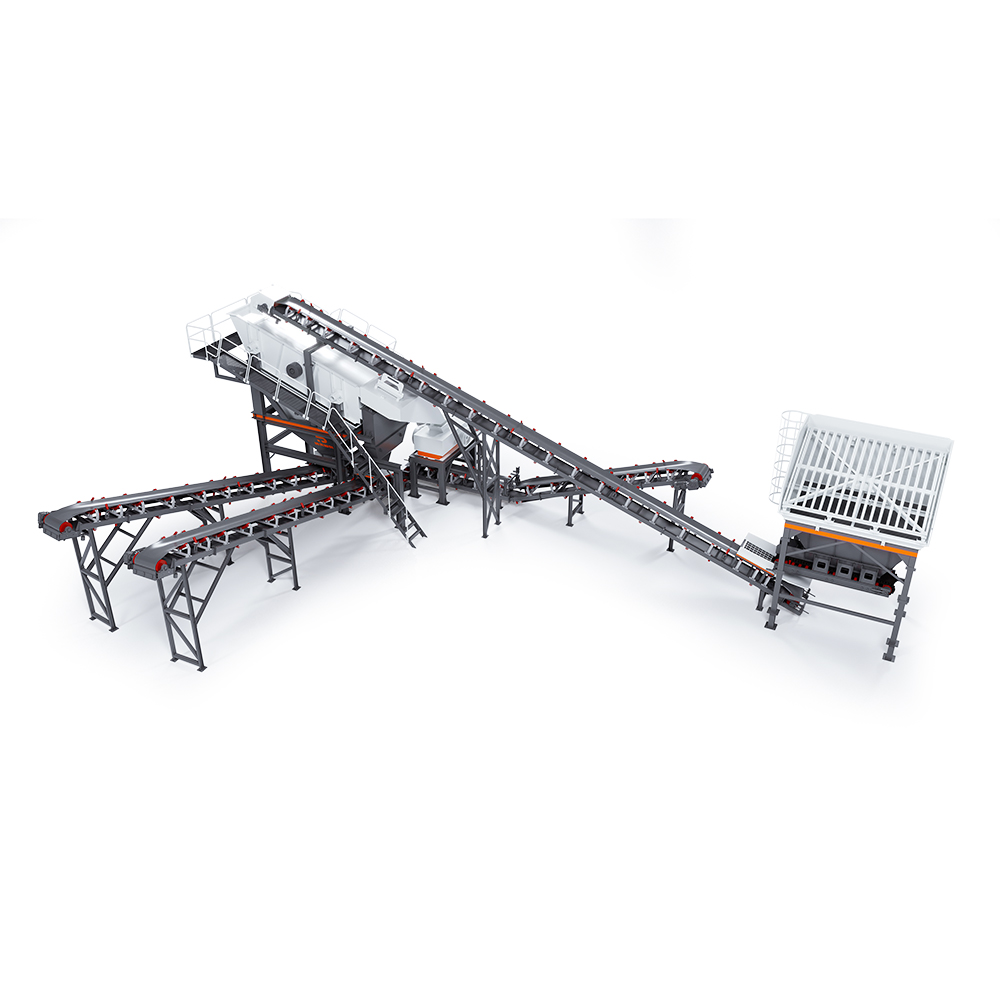 RTZS120 Series RAP Crushing & Screening Plant
RTZS120 Series RAP Crushing & Screening Plant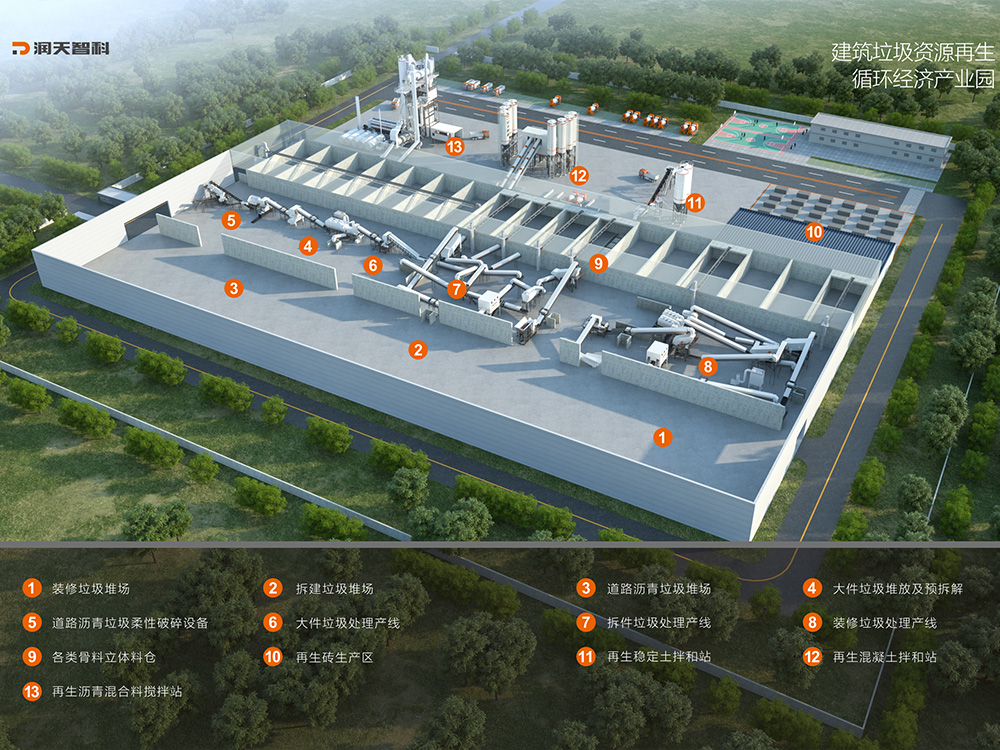 Construction Waste Resourceful Treatment Line
Construction Waste Resourceful Treatment Line




